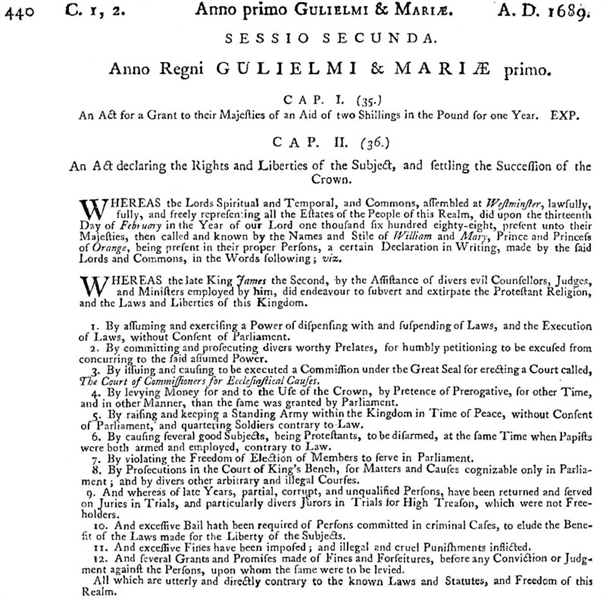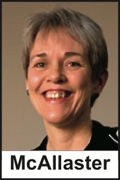Rascals case in brief
In the beginning, in 1989, more than 90 children at the Little Rascals Day Care Center in Edenton, North Carolina, accused a total of 20 adults with 429 instances of sexual abuse over a three-year period. It may have all begun with one parent’s complaint about punishment given her child.
Among the alleged perpetrators: the sheriff and mayor. But prosecutors would charge only Robin Byrum, Darlene Harris, Elizabeth “Betsy” Kelly, Robert “Bob” Kelly, Willard Scott Privott, Shelley Stone and Dawn Wilson – the Edenton 7.
Along with sodomy and beatings, allegations included a baby killed with a handgun, a child being hung upside down from a tree and being set on fire and countless other fantastic incidents involving spaceships, hot air balloons, pirate ships and trained sharks.
By the time prosecutors dropped the last charges in 1997, Little Rascals had become North Carolina’s longest and most costly criminal trial. Prosecutors kept defendants jailed in hopes at least one would turn against their supposed co-conspirators. Remarkably, none did. Another shameful record: Five defendants had to wait longer to face their accusers in court than anyone else in North Carolina history.
Between 1991 and 1997, Ofra Bikel produced three extraordinary episodes on the Little Rascals case for the PBS series “Frontline.” Although “Innocence Lost” did not deter prosecutors, it exposed their tactics and fostered nationwide skepticism and dismay.
With each passing year, the absurdity of the Little Rascals charges has become more obvious. But no admission of error has ever come from prosecutors, police, interviewers or parents. This site is devoted to the issues raised by this case.
On Facebook
Click for earlier Facebook posts archived on this site
Click to go to
Today’s random selection from the Little Rascals Day Care archives….
Click for earlier Facebook posts archived on this site
Click to go to
Today’s random selection from the Little Rascals Day Care archives….
Prosecutors misused bail to squeeze defendants
 Aug. 16, 2015
Aug. 16, 2015
“In 1689, the English Bill of Rights outlawed the widespread practice of keeping defendants in jail by setting deliberately unaffordable bail, declaring that ‘excessive bail shall not be required, nor excessive fines imposed.’ The same language was adopted word for word a century later in the Eighth Amendment to the United States Constitution.
“But as bail has evolved in America, it has become less and less a tool for keeping people out of jail, and more and more a trap door for those who cannot afford to pay it….
“Across the criminal-justice system, bail acts as a tool of compulsion, forcing people who would not otherwise plead guilty to do so….”
– From “The Bail Trap” by Nick Pinto in the New York Times (Aug. 13)
Could there be a more bare-faced example of “excessive bail” than that set for the Edenton Seven?
- Bob Kelly, $1.5 million (later reduced to $200,000 – after his conviction was overturned – then $50,000 )
- Betsy Kelly, $1.8 million (reduced to $400,000)
- Scott Privott, $1 million (reduced to $50,000)
- Shelley Stone, $375,000
- Dawn Wilson, $880,000 (reduced to $200,000)
- Robin Byrum, $500,000 (reduced to $200,000)
- Darlene Harris, $350,000
Did prosecutors fear that the defendants would flee to Argentina? That they would prowl the town’s playgrounds in search of new victims? No, these absurd amounts surely had no purpose but to coerce confessions. How shocked and disappointed they must have been that not one of the defendants, though crushed financially, succumbed.
Why have historians overlooked day-care mania?
 July 27, 2012
July 27, 2012
“It has always intrigued me that, in a culture that is relentlessly self-critical… the pre-school hysteria and witch-hunts of the 1980s and ’90s (have) attracted little, if any, notice among historians and social analysts.
“Which is odd: We moderns like to think that we are exempt from some of the baser instincts of human nature, but hysteria, mob rule, and spectral fears are still very much with us.
“Moreover, in this instance, the American judicial system failed systematically, blighting hundreds of lives: Many more genuinely innocent people went to prison, and for longer terms, than any Communist during the McCarthy era.”
– From “Remember McMartin” by Philip Terzian in the Weekly Standard (Nov. 11, 2011)
The ugly truth about ‘Nancy Lamb’s state of mind’
 March 14, 2012
March 14, 2012
“Prosecutor Nancy Lamb practiced a little ‘voodoo’ psychology by telling the jury that when Dawn Wilson held and played with her child during breaks in the trial, it wasn’t because she loved the child – it was all a show for the benefit of the jury.
“No psychologist could have accurately reported on the state of mind or the motives of Wilson when she played with her child. However, had a psychologist known that Wilson had been offered a plea bargain which included no jail time if she pointed the finger at the others, and had told prosecutors to ‘Find yourselves another patsy,’ that psychologist might have known something about Nancy Lamb’s state of mind when she made those statements.”
– From “Due Process Is Good Psychology,” article in
Michigan Lawyer Weekly by Michael G. Brock
Defending this smear, one of many, Lamb said Wilson was presenting herself as a good mother, and “We had to remove that mask.”
In 1995 the N.C. Court of Appeals overturned her conviction. And then of course the prosecutors rushed to apologize to Dawn Wilson for their disgraceful vilification.
‘Give child’s testimony same weight’ as adult’s?
 Feb. 25, 2013
Feb. 25, 2013
“The 99 guilty verdicts against (Bob) Kelly appear to have set a benchmark for such cases: that youthful witnesses can have enough credibility to win convictions on their word alone.
“‘This validated child witness testimony,’ said Carolyn McAllaster, who teaches a child advocacy clinic at Duke University’s law school and trial practice at the University of North Carolina School of Law.
“‘I think the reason a lot of prosecutors hesitate to take these cases is they fear these children won’t be believed by juries,’ she said. ‘They should give a child’s testimony the same weight they would give an adult’s testimony. I think that children are very believable and that their testimony can be judged on its own merits.’ ”
– From “Rascals verdict affirms children’s credibility” in the Raleigh News & Observer (April 26, 1992)
McAllaster has gone on to become director of the AIDS Legal Project and a clinical professor of law at Duke.
Has she changed her mind about the credibility of child witnesses?
I asked her.
She hasn’t responded.











0 CommentsComment on Facebook